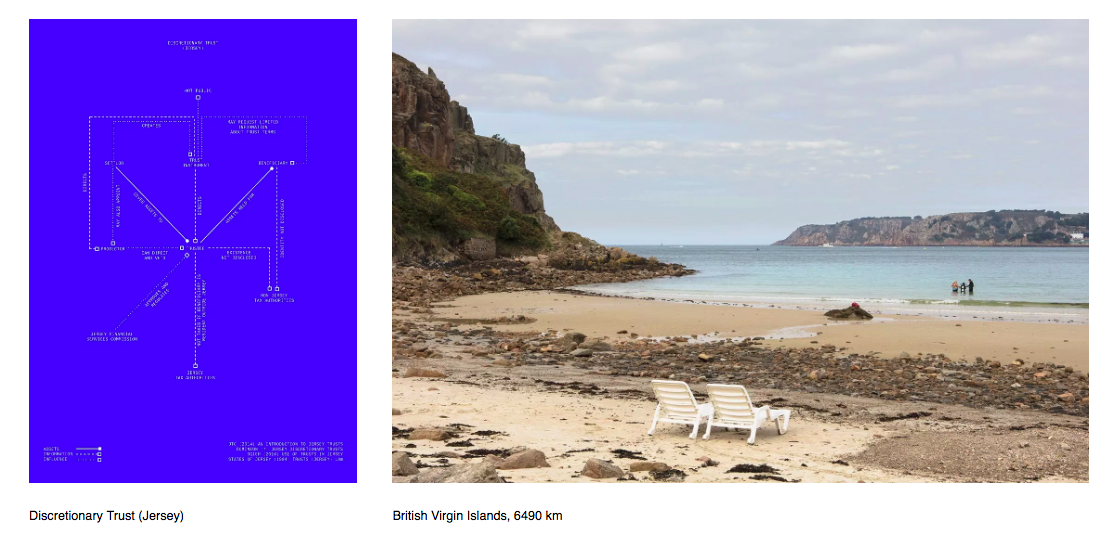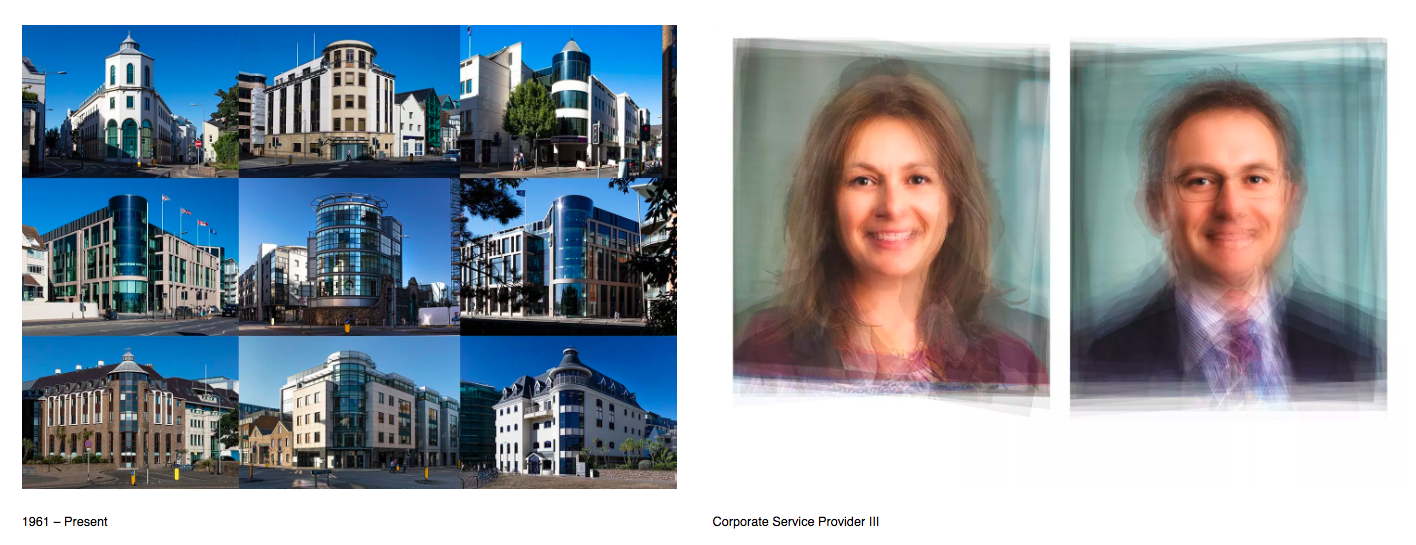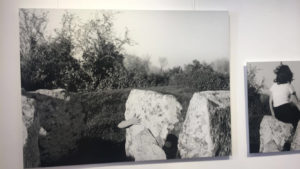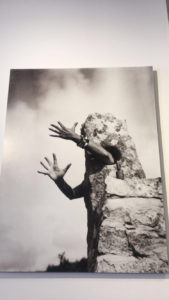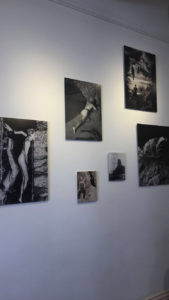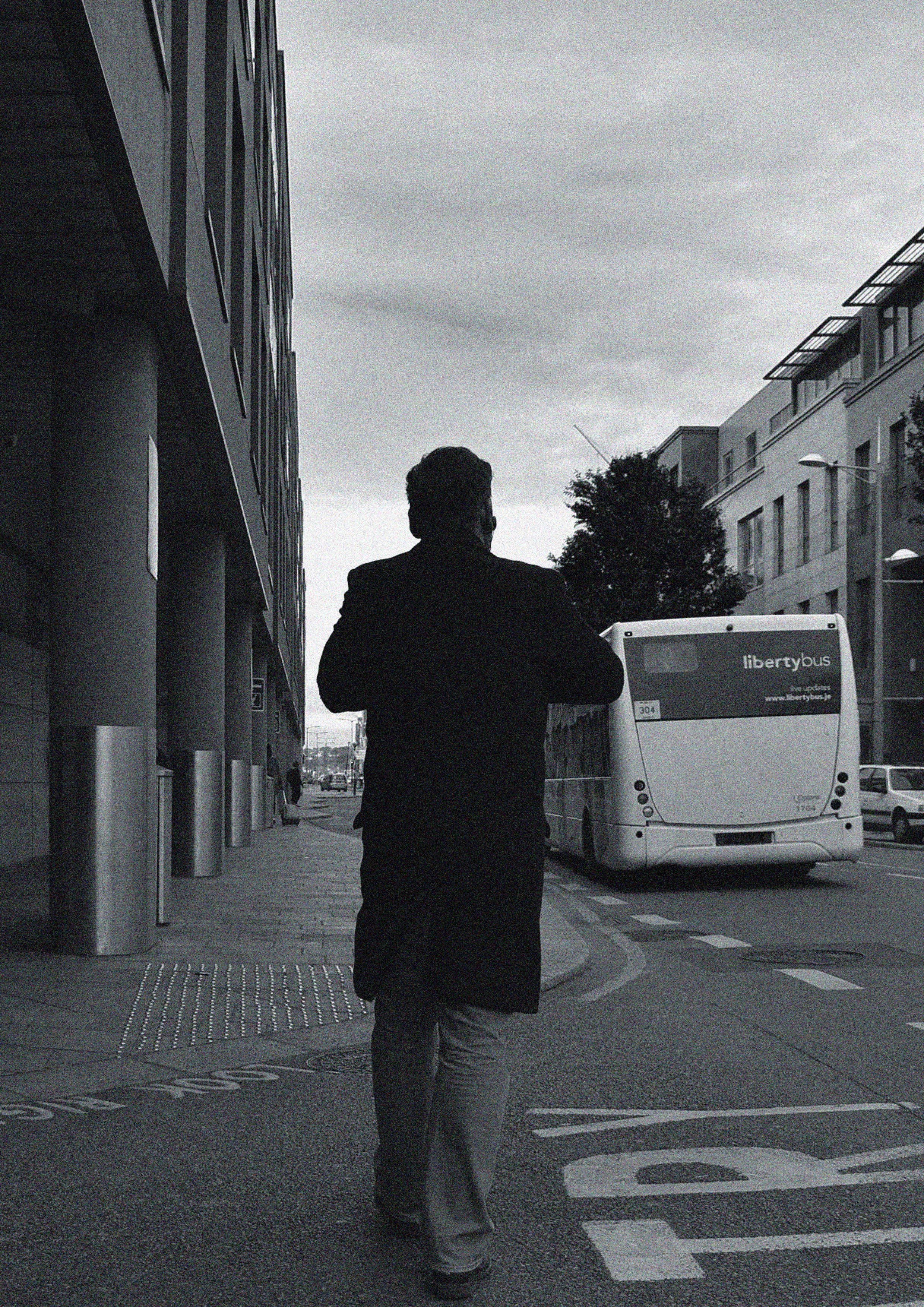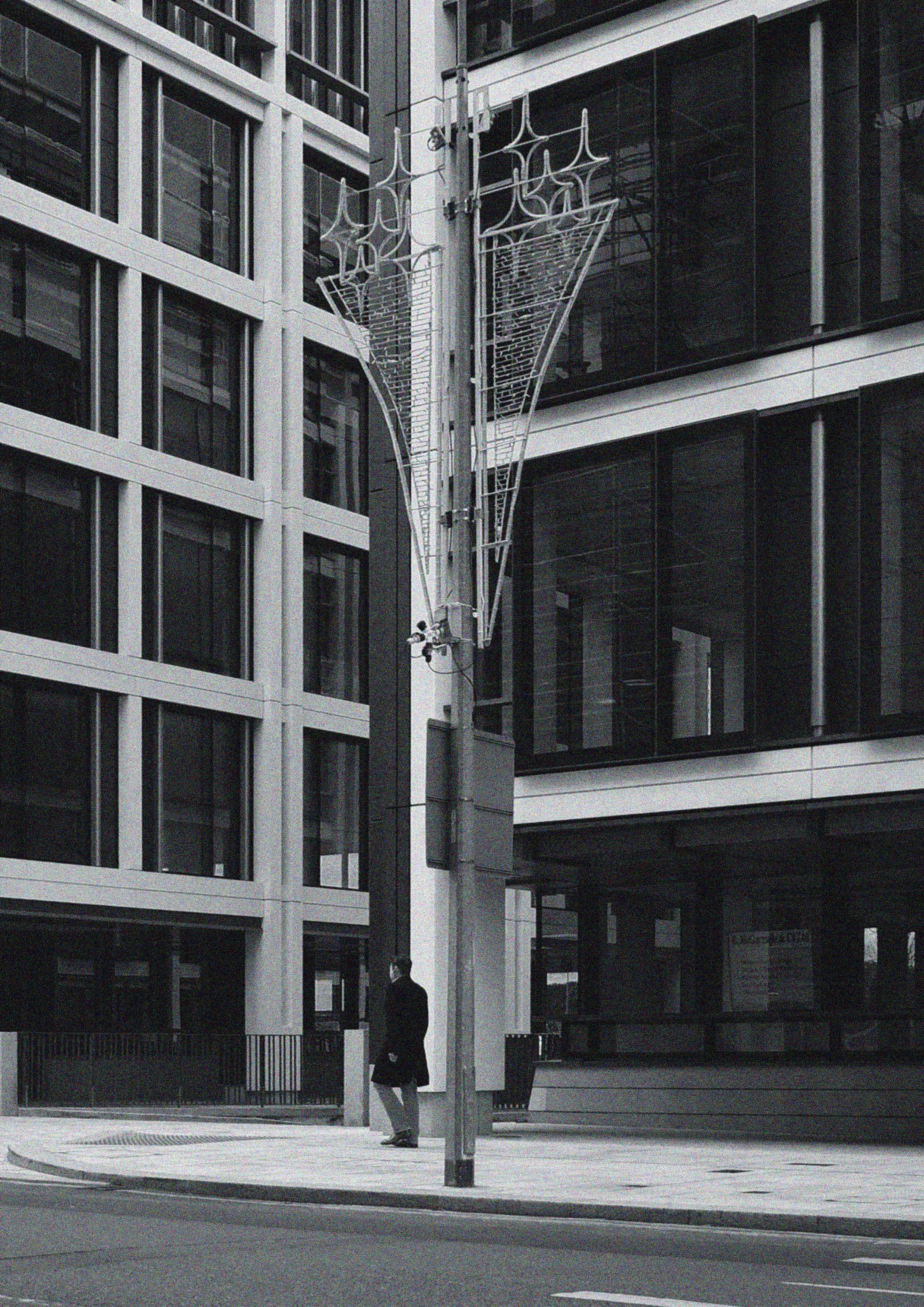After having researched and explored a variety of artists I have come to the decision to focus on the strong contrast between the sublime environment and the dereliction/wastefulness that is present. I have already looked at these two issues and by combining them i believe it will have a strong impact in raising awareness of the political issue of environmental destruction. I want to try and influence a larger appreciation for our earth by showing off the sublime but also ensuring people are aware of the dereliction that we are creating. Thus having negative impacts on the sublime environment such as a loss of habitat. In relation to my photo book, I intend to create the narrative that focuses on the changing mind set of people through the way in which they view the environment and in particular the environment within Jersey. I want to try and show that people can make a difference to the environment and help to be eco-friendly and simply view the environment in a positive way which will naturally stem positive behaviour towards nature.
Within Jersey there is a clear issue in the way society take our rural and costal areas for granted. By showing off the sublime in a positive way i believe i can allow for these people to come to the realisation that we live in a wonderful place here in Jersey. By photographing the urbanised areas in a negative manner by mainly focusing on dereliction and boring subject matters i hope to show the uneccessary need for these buildings. I also intend on doing a minimalistic shoot in the urban area to try and reflect the structured and organised society that we live in. This correlates to the negative mindset towards the beauty of our island that the community cannot see.
The two main themes within my project are the sublime/natural environment and the urbanized/man made features of our earth. The conflict between keeping things natural and building upon land is a huge political debate which causes uproar across many communities. Many people believe in building high rises everywhere to accommodate businesses and people to benefit the economy. where as others believe that it is important to keep the environment natural to protect the wildlife.
Urban areas attract many people towards them due to the promise of jobs and easy commute to work, among other factors such as the energetic vibe, entertainment, social opportunities and dining options there are many features that make a city attractive. But in cities two of the most pressing problems facing the world today also come together: poverty and environmental degradation. Poor air and water quality, insufficient water availability, waste-disposal problems, and high energy consumption are exacerbated by the increasing population density and demands of urban environments. For not just these reasons alone but many others too I am in influenced by the movement of being Eco-friendly and appreciating/respecting the natural environment.
So, through my project my main aims are to try and influence people about the beauty of our natural environment and hopefully change their mindsets about cities due to the problems they create and how they impact the nature. I intend to approach this in a variety of ways by looking at the negative aspects to urban areas such as the dereliction and poor waste removal to make people have a bad view on urbanized areas. In contrast I will portray the natural environment in a positive light by creating aesthetically pleasing images that make people want to visit these sublime areas.
To conclude my photo book/project, I intend to produce a photo shoot with manipulated images that shows the transfer of a person through a portal which is in reference to the change of mindset that the images in my project will create. The portals will be within a sublime environment to highlight the importance to me and how i want people to focus on this and respect it. Portals are often used to transport a person to a hyper reality and surreal place which shows how i view the natural environment and what i want my audience to think too. I also will incorporate a variety of surreal/futuristic images towards the end of my project to exaggerate the importance of our environment and show how significant it is.
Bullet Pointed Plan
- Exploration of the sublime/natural environment
- Photograph the natural environment inspired by my artist without people involved and then with people too.
- Further experimenting with the sublime and photograph long exposure pictures on the coast to give the sublime a tranquil atmosphere.
- Exploration of the urban environment – photoshoot in abandoned place.
- Further photoshoot incorporating objects wrapped in cellophane to show the environmental issues within an urban area such as air pollution,
- Minimalistic shoot to reflect society as structured and organised. Shows the structured mindset of people in jersey and how they take our natural features for granted.
- NEW YORK photoshoot to contrast the natural environment with the urbanised and use a photo manipulation approach to combine the New York sky line into environment pictures.
- Collect litter found in urban area and natural area too and photograph it levitating above a persons hand within the natural environment.
- Photo shoot involving technology being used in a natural environment to show peoples reluctant attitude towards appreciating the natural environment.
- Levitation within natural environment to show freedom and emotional connection within the sublime.
- Edit futuristic looking photos to show the fast developing world and bring a realisation to how the world is being over developed/incorporate environmental issues into these edits.
- Final shoot will involve people going through a portal which shows their journey through my project and their new understanding of treating the environment with respect and appreciating it.




